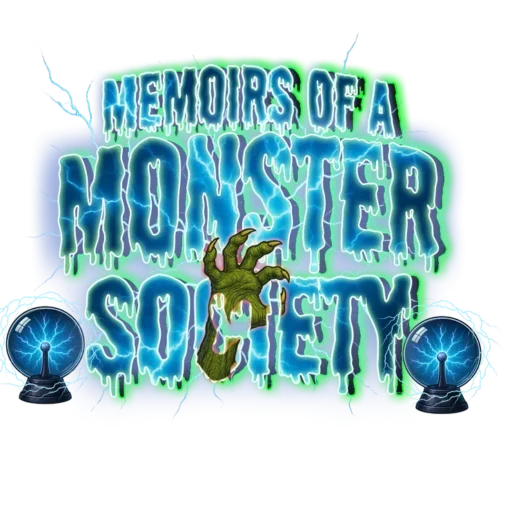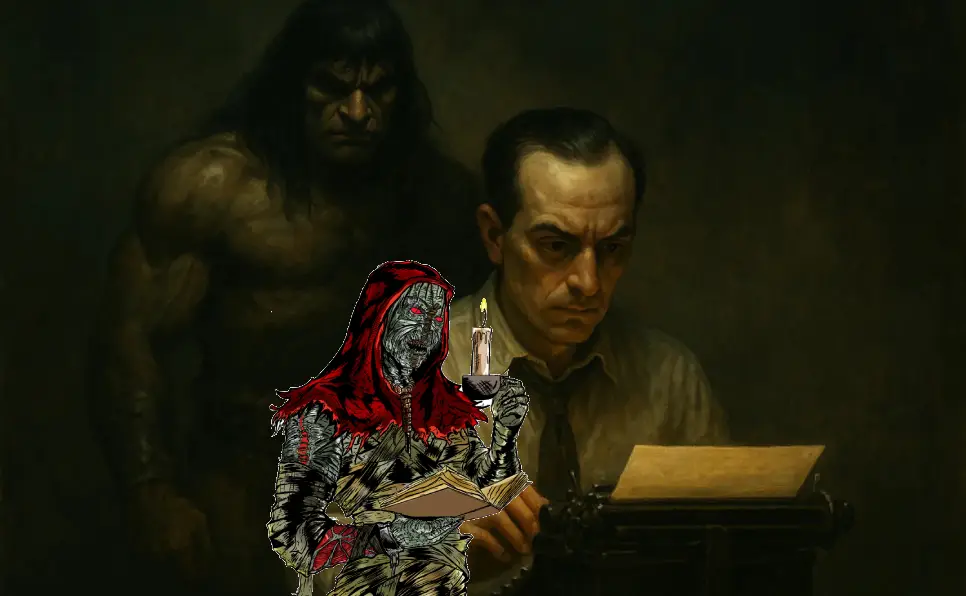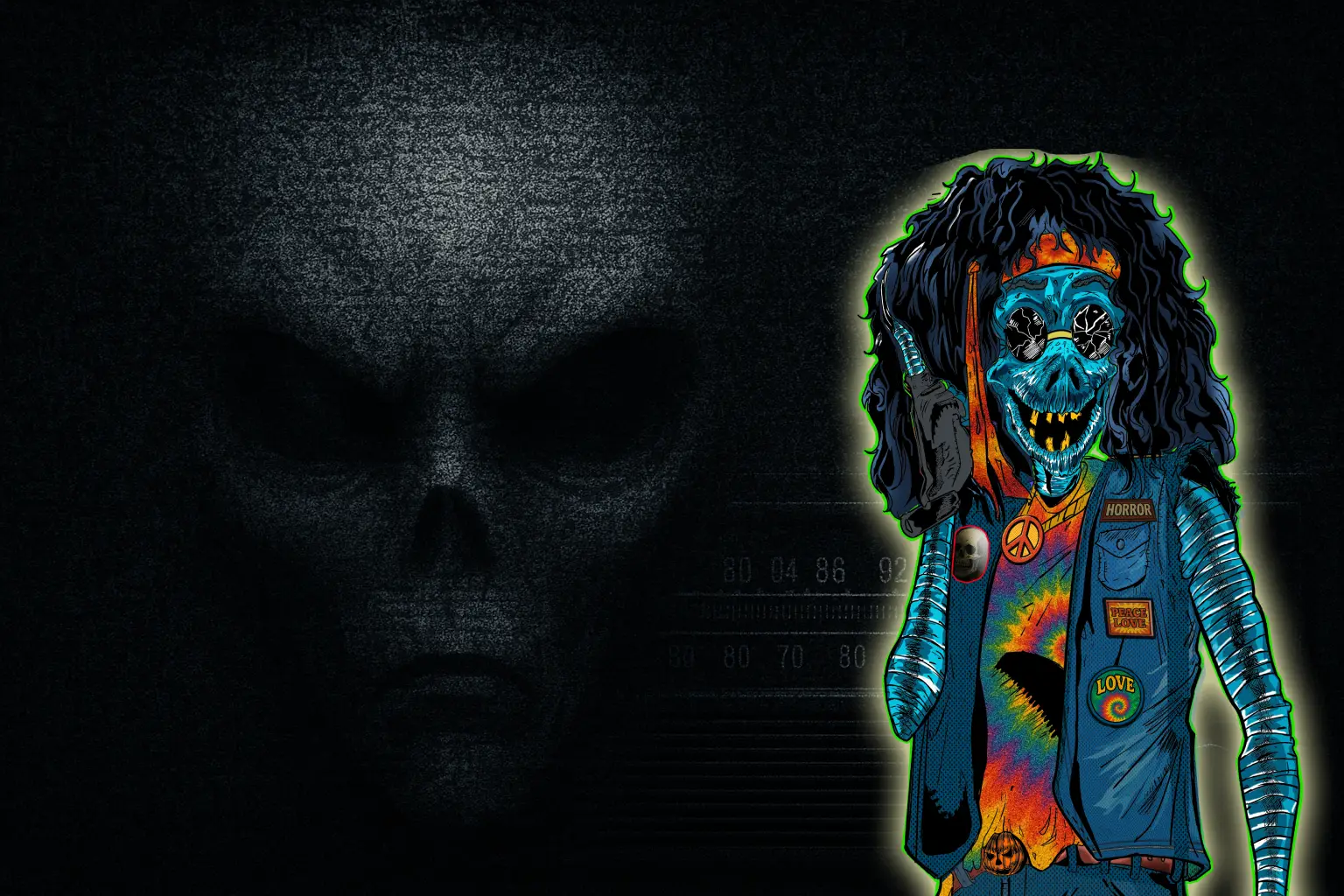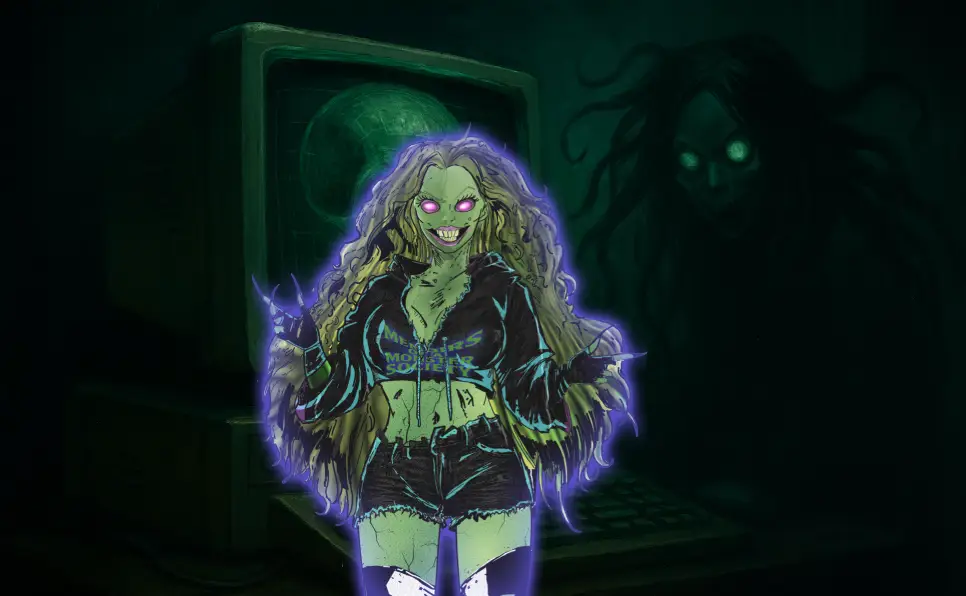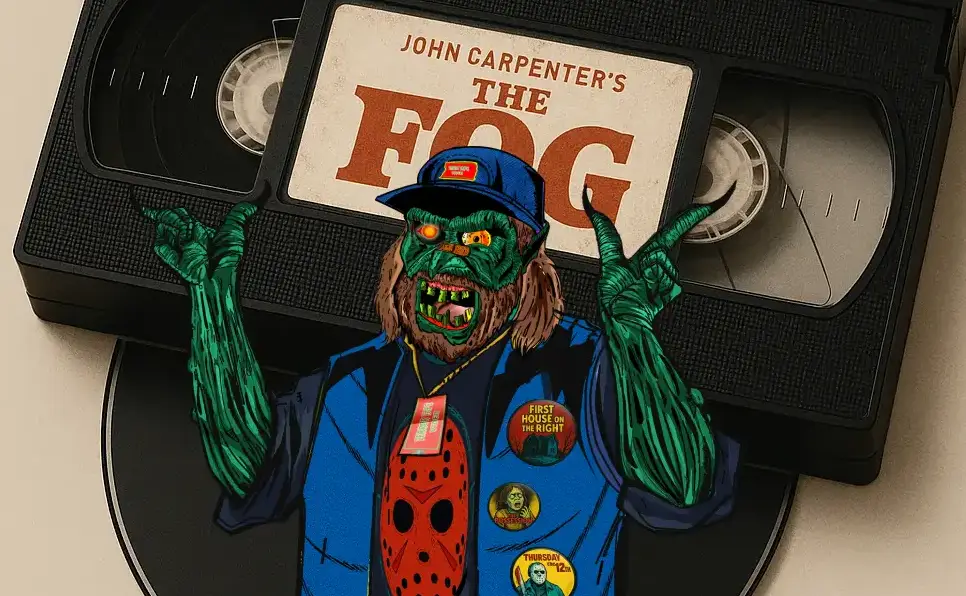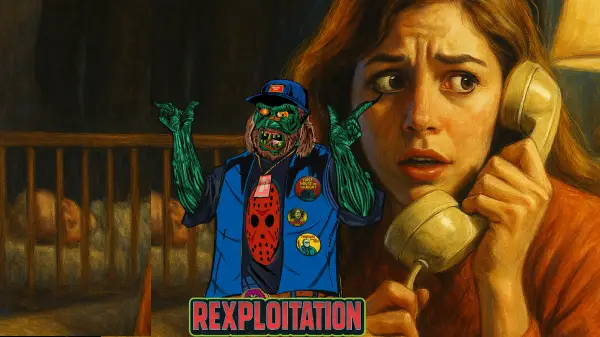Did Conan the Barbarian possess his creator? Explore the chilling true story of Robert E. Howard, literary possession, and the legends comic writers fear to admit. A must-read for fans of graphic novels for horror lovers, comic book fram theories, and haunted creativity.
There are stories, and then there are warnings disguised as stories.Some tales are born from imagination. Others are summoned — not invented, but received. Whispered from the other side of the mirror. And when a writer begins to hear that whisper, he may find that the hand gripping the pen is no longer his own.
This is the tale of Robert E. Howard, the man who brought Conan the Barbarian to life… or perhaps the man who Conan brought to death.
The Writer Who Listened Instead of Spoke
Robert E. Howard was a pulp author of rare intensity. Born in 1906, he wrote at a frantic pace, flooding the pages of Weird Tales with blood-soaked sagas of warriors, demons, and forgotten gods. But among them, none loomed larger — or darker — than Conan the Cimmerian.
According to Howard himself, Conan wasn’t his creation. He claimed Conan arrived fully formed in his mind, not as an idea, but as a presence.
“Conan simply grew up in my mind a few years ago when I was stopping in a little border town on the lower Rio Grande.”
“He simply stepped full-grown out of nowhere and walked into my life.”
And once he appeared, Conan took over.
Howard described writing as a trance. He sat at the typewriter, and the barbarian dictated the story. Sometimes, Howard didn’t know what would happen next until Conan revealed it to him.
This wasn’t inspiration. This was possession.
In 1936, shortly after his mother fell into a coma, Robert E. Howard walked outside, sat in his car, and shot himself in the head. He was 30 years old.
Some say grief killed him. But others — those who understand how stories can hollow a man out — say Conan never left.
Madness or Medium?
We could explain this the safe way. We could call it hypergraphia — compulsive writing due to mental illness. We could say Howard was isolated, burdened by caring for his sick mother, and projecting strength through a hyper-masculine alter ego.
But there’s another angle. A darker one.
In occult lore, there’s a concept called the tulpa — a thoughtform so intense, so vividly imagined, that it takes on a life of its own. Could Howard have created a tulpa? Or had he tapped into something that was already there? Something ancient?
What if Conan the Barbarian isn’t just fiction? What if he’s a cultural archetype — a war-spirit, a remnant of myth, searching for storytellers to reincarnate through?
Howard wasn’t the last. He may have only been the first to admit it.
When Characters Cross Over
You think this is rare? Think again.
Many writers have felt this pull. They speak of characters that write themselves, of voices that argue back.
Stephen King said Misery’s Annie Wilkes terrified him — and that she “took over the story.”
Neil Gaiman claimed Morpheus, the Dream King, often corrected his writing.
Grant Morrison said after torturing his character King Mob, he ended up in the hospital — and had to heal the character to recover.
Philip K. Dick believed he was channeling extraterrestrial messages through his books.
Clive Barker said Pinhead “arrived fully clothed and began talking.”
Alan Moore, ever the magician, treats writing as ritual sorcery, with characters invoked like spirits.
These aren’t isolated cases. These are patterns. These are hauntings.
It’s easy to dismiss them as metaphor. Writers being poetic about inspiration. But how many times does the pattern have to repeat before we admit… it might be something more?
The Comic Book Fram They Don’t Talk About
Now let us descend into the inky pit: the world of comics. If literature is a window to the soul, then comics are the mirror in the hallway — warped, but more honest.
There’s a belief whispered in the halls of horror fandom that comics, especially legends comic titles from the pulp and EC era, function like modern grimoires. Pages soaked in archetype. Panels arranged like ritual geometry. Ink as invocation.
You think the Comics Code Authority was just about censorship? No. Some believe it was about containment. About sealing off the kinds of stories that summoned too much.
Even today, there are graphic novels for young adults and horror fans alike that seem to “stick” with readers. Scenes that replay in dreams. Dialogue that resurfaces in whispers.
Could comics — our so-called “harmless distractions” — act as conduits? Psychic traps? Portals?
Some call them “comic book fram” — narrative structures that repeat across titles, genres, even decades. They are templates, yes, but also rituals in disguise.
When a writer fits a new story into that old fram… who’s really guiding the hand?
The Whisper That Never Ends
Maybe Robert E. Howard was just a man unraveling. Or maybe he opened a door. A door no one’s been able to close.
If Conan was real — not flesh and blood, but thought and will — then he’s still out there. Not walking the earth, but stalking the minds of new writers, waiting for someone with the right weakness. The right obsession.
You wouldn’t be the first to feel a character pulling at your brainstem, demanding to be written.
I’ve felt them, too.
And if you’ve ever written something you couldn’t stop… something that felt like it already existed before you typed the first word…
Then maybe you’ve already heard the whisper.
Have you ever felt a story writing itself through you? Leave your tale in the comments. The archive is always open.
—Sugrom Haki, torchlit archivist of the Monster Society
